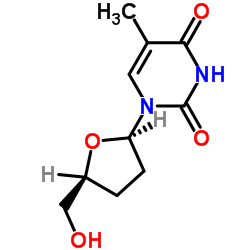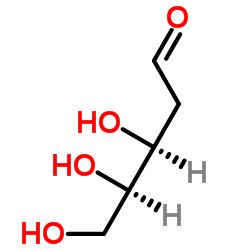| Structure | Name/CAS No. | Articles |
|---|---|---|
 |
2',3'-Dideoxythymidine
CAS:3416-05-5 |
|
 |
2-Deoxy-D-ribose
CAS:533-67-5 |